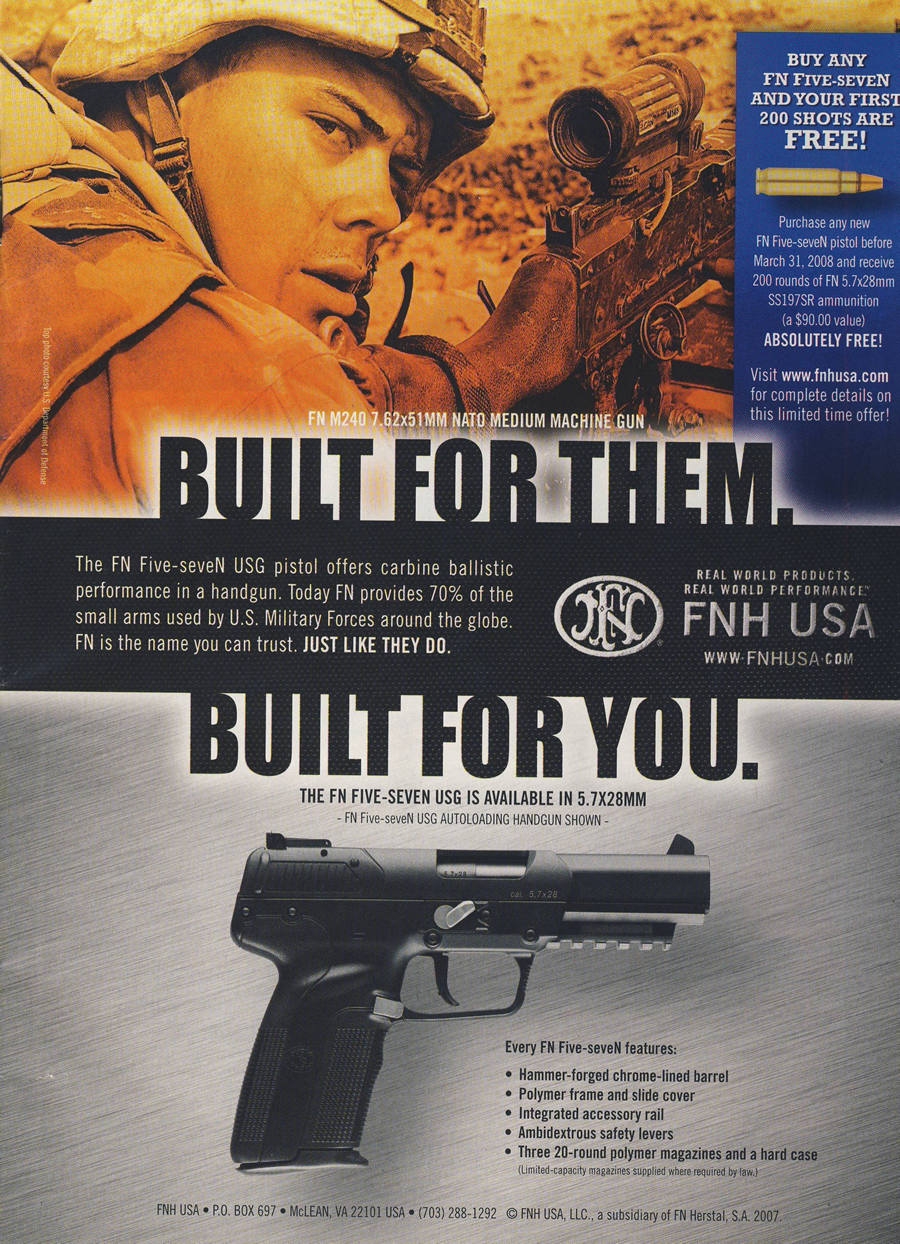
As the House Committee on Oversight and Government Reform prepares to focus Wednesday on alleged failures of the U.S. Justice Department's program to stop gun trafficking to Mexico, a new study by my organization, the Violence Policy Center (VPC)-- The Militarization of the U.S. Civilian Firearms Market -- explores the major force driving criminal cross-border gun trafficking from the U.S. to Mexico: the gun industry's cynical militarization of the U.S. civilian gun market.
The study finds that today militarized weapons -- semiautomatic assault rifles, 50 caliber anti-armor sniper rifles, and high-capacity pistols including armor-piercing handguns -- define the U.S. civilian gun market and are far and away the 'weapons of choice' of the traffickers supplying violent drug organizations in Mexico. The study also finds that the gun industry has become so dependent on militarized product lines that 11 of the top 15 gun manufacturers now market assault weapons.
In describing the industry's marketing daisy chain, the study states that "... the gun industry designs, manufactures, imports, and sells firearms in the civilian market that are to all intents and purposes the same as military arms. It then bombards its target market with the message that civilian consumers -- just like real soldiers -- can easily and legally own the firepower of militarized weapons."
Most Americans -- the majority of whom don't own guns -- would be shocked at what the gun industry has become. Forget grandpa's shotgun and dad's hunting rifle, or, for that matter, the proverbial six-shot revolver kept in the bedroom dresser drawer. Today's gun market is military-derived weapons with virtually unlimited ammunition capacity resulting in heightened lethality. The common bloodline is a military pedigree.
The study documents a deliberate gun industry design and marketing strategy, begun in the 1980s, that has resulted in the easy availability and shockingly weak regulation of guns that are:
- Identical to sophisticated battlefield weapons used by the armed forces of the United States and other countries, such as the Barrett 50 caliber anti-armor sniper rifle.
The gun industry has created a unique American civilian firearms bazaar that arms thousands of criminals, dangerous extremists, and drug traffickers throughout the world.
It's no suprise then that a report issued this week by Senators Dianne Feinstein (D-CA), Charles Schumer (D-NY), and Sheldon Whitehouse (D-RI) found that according to the Federal Bureau of Alcohol, Tobacco, Firearms and Explosives "in 2009 and 2010, 20,504 of the 29,284 firearms (70 percent) recovered in Mexico and submitted for tracing were United States-sourced."
To paraphrase a quote ascribed to Willie Sutton, why do traffickers come to the U.S.? Because that's where the guns are.
If Congress wants to find the real causes of the gun traffic to Mexico, it needs to look upstream to the gun industry's callous transformation of the American gun market into one more suited to warfare than sport.

